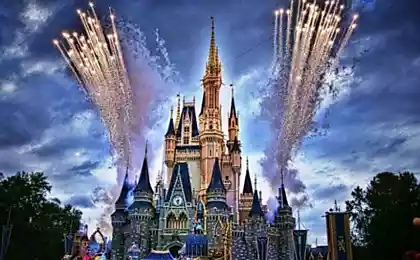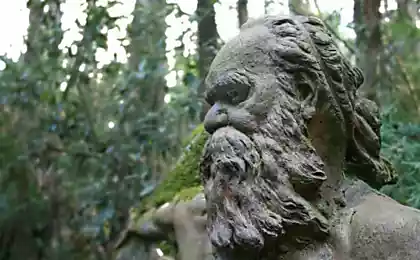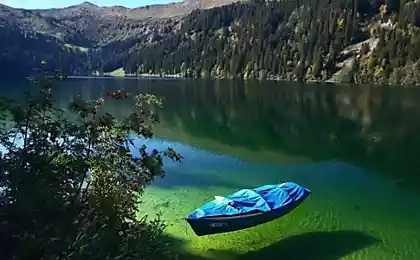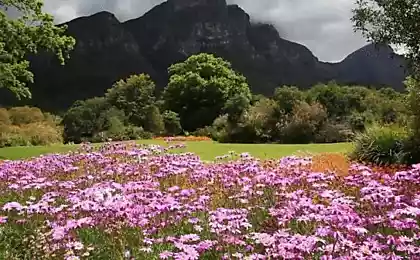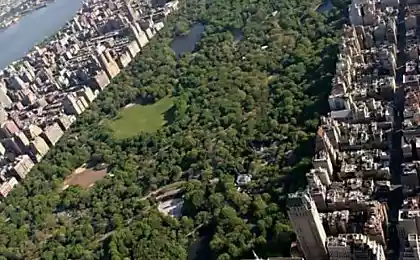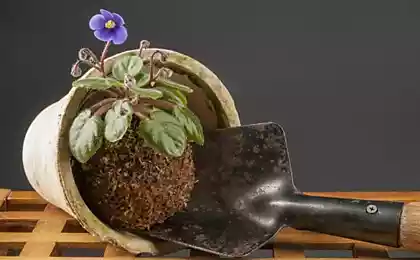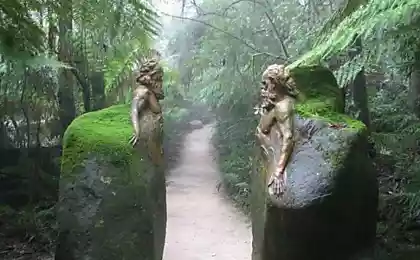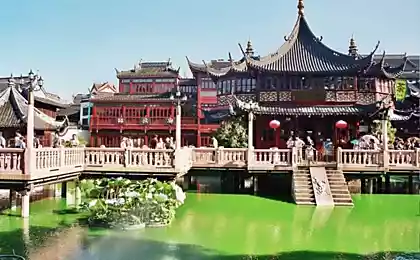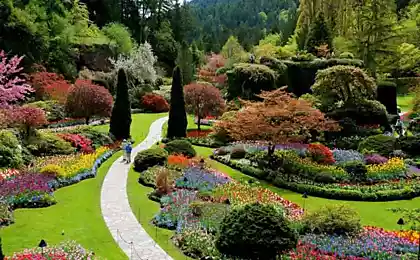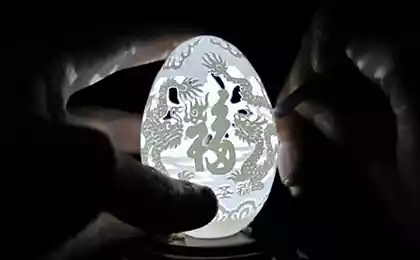439
The living garden or the Sanctuary of the Potter
The sanctuary of the Potter (Potters Sanctuary), better known as the Sanctuary of William Ricketts (William Ricketts Sanctuary) is an amazing garden with 92 sculptures of people and animals, created by renowned sculptor of wood and clay. His works reflect the philosophy of the artist – about the connection of man with nature and earth.
This quiet gentleman has been surprisingly a lot of time with indigenous communities "fifth continent". So, from 1949 to 1960 William roamed Central Australia and lived with the Pitjantjatjara and Arrernte tribes. He was not an aboriginal by blood but considered them as their spiritual brothers.
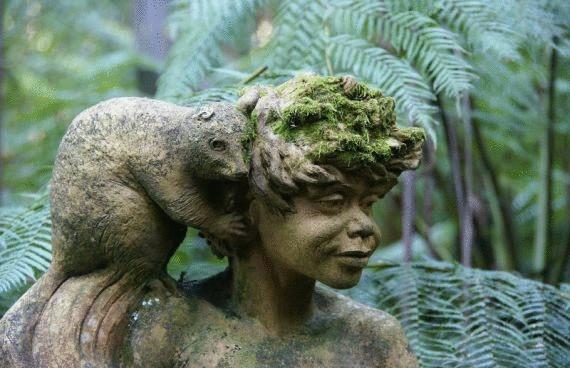
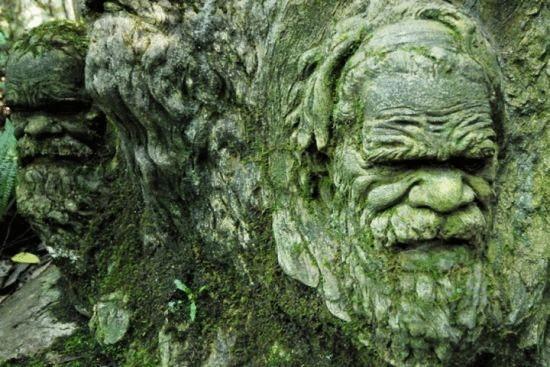
It is the tradition and culture of local people, their unity with nature and harmonious relationships with each other inspired the artist to create sculptures, which he gradually filled the area of his estates.
Hidden deep in the tropical forests of the exposition seems an integral part of the natural environment enveloped with moss and ferns torsos of men, women and children grow out of tree trunks and huge boulders.
Every sculpture you want not only a good look, but be sure to touch it to feel under your fingers the smallest terrain details and velvety surface of the mosses.
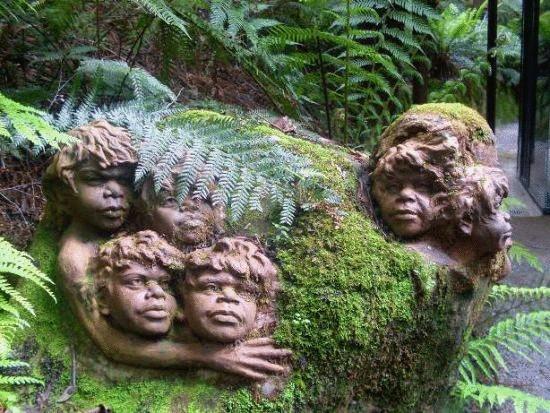
Creating these stunning pieces, William Ricketts displayed in them their worldview. He believed that white people should adopt the philosophy of the Australian aboriginal people — to honour the spirit of mother earth and the natural world. The majestic statue silently remind you about how important it is to preserve life and diversity on earth for future generations.
In 1970, the sculptor went to India, where he spent two years with the local comprehension of the philosophy and spiritual teachings. Journey immediately reflected in the work of Ricketts: in this sculpture, you can find not only a couple of Indian cobras, but a self-portrait of the master (which appeared in group compositions with the Australian children.
William is still considered a mystery man. He was crazy about green: his clothes and hat were always barely visible among the foliage and grass.
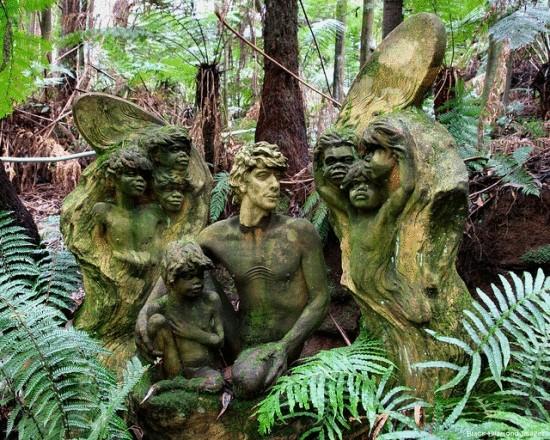
The artist was never married: his whole life (not counting travel) was for the artistic sculpting, carving, jewelry and playing the violin. Until the last days of his life he was engaged in favourite business – and that as many as 95 years...
He left behind numerous large and small masterpieces, which today are stored in private collections and the Museum of Melbourne. But the most famous of his brainchild remains of the garden-sanctuary, which in the 1960-ies purchased by the Victorian government and turned into a public Park.
"William Ricketts Sanctuary" is visited daily by tourists – except for particularly hot days when there is a high risk of fires. To see it with my own eyes, must be unforgettable!
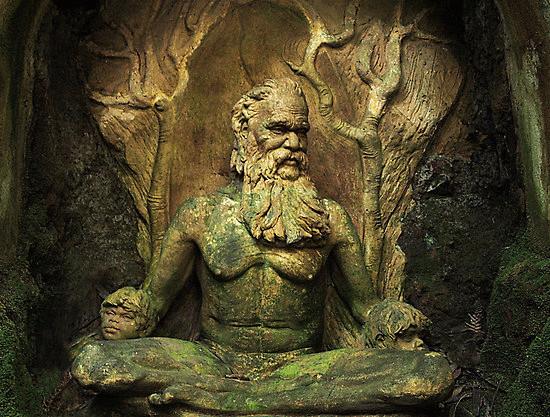
Source: /users/104
This quiet gentleman has been surprisingly a lot of time with indigenous communities "fifth continent". So, from 1949 to 1960 William roamed Central Australia and lived with the Pitjantjatjara and Arrernte tribes. He was not an aboriginal by blood but considered them as their spiritual brothers.


It is the tradition and culture of local people, their unity with nature and harmonious relationships with each other inspired the artist to create sculptures, which he gradually filled the area of his estates.
Hidden deep in the tropical forests of the exposition seems an integral part of the natural environment enveloped with moss and ferns torsos of men, women and children grow out of tree trunks and huge boulders.
Every sculpture you want not only a good look, but be sure to touch it to feel under your fingers the smallest terrain details and velvety surface of the mosses.

Creating these stunning pieces, William Ricketts displayed in them their worldview. He believed that white people should adopt the philosophy of the Australian aboriginal people — to honour the spirit of mother earth and the natural world. The majestic statue silently remind you about how important it is to preserve life and diversity on earth for future generations.
In 1970, the sculptor went to India, where he spent two years with the local comprehension of the philosophy and spiritual teachings. Journey immediately reflected in the work of Ricketts: in this sculpture, you can find not only a couple of Indian cobras, but a self-portrait of the master (which appeared in group compositions with the Australian children.
William is still considered a mystery man. He was crazy about green: his clothes and hat were always barely visible among the foliage and grass.

The artist was never married: his whole life (not counting travel) was for the artistic sculpting, carving, jewelry and playing the violin. Until the last days of his life he was engaged in favourite business – and that as many as 95 years...
He left behind numerous large and small masterpieces, which today are stored in private collections and the Museum of Melbourne. But the most famous of his brainchild remains of the garden-sanctuary, which in the 1960-ies purchased by the Victorian government and turned into a public Park.
"William Ricketts Sanctuary" is visited daily by tourists – except for particularly hot days when there is a high risk of fires. To see it with my own eyes, must be unforgettable!

Source: /users/104
